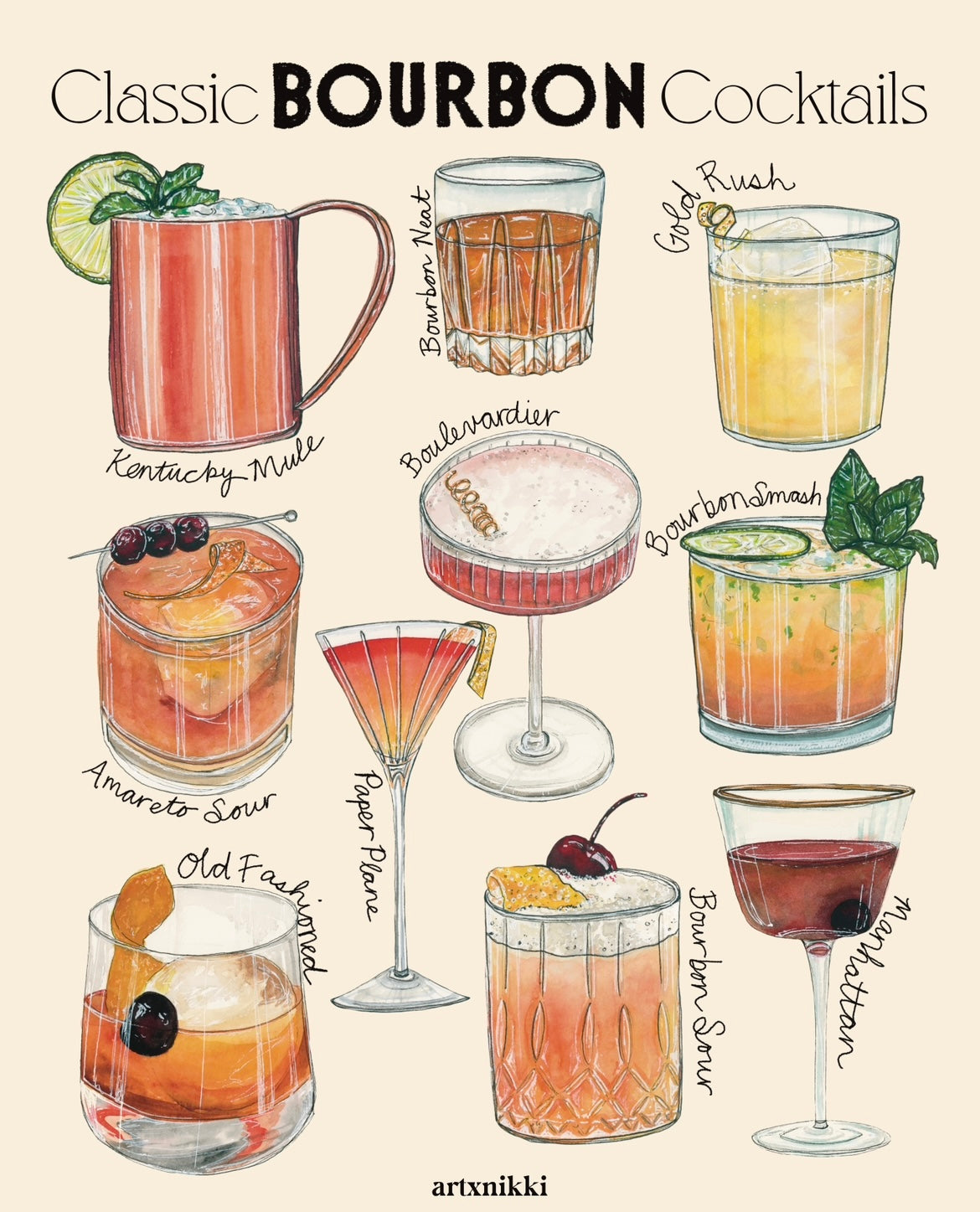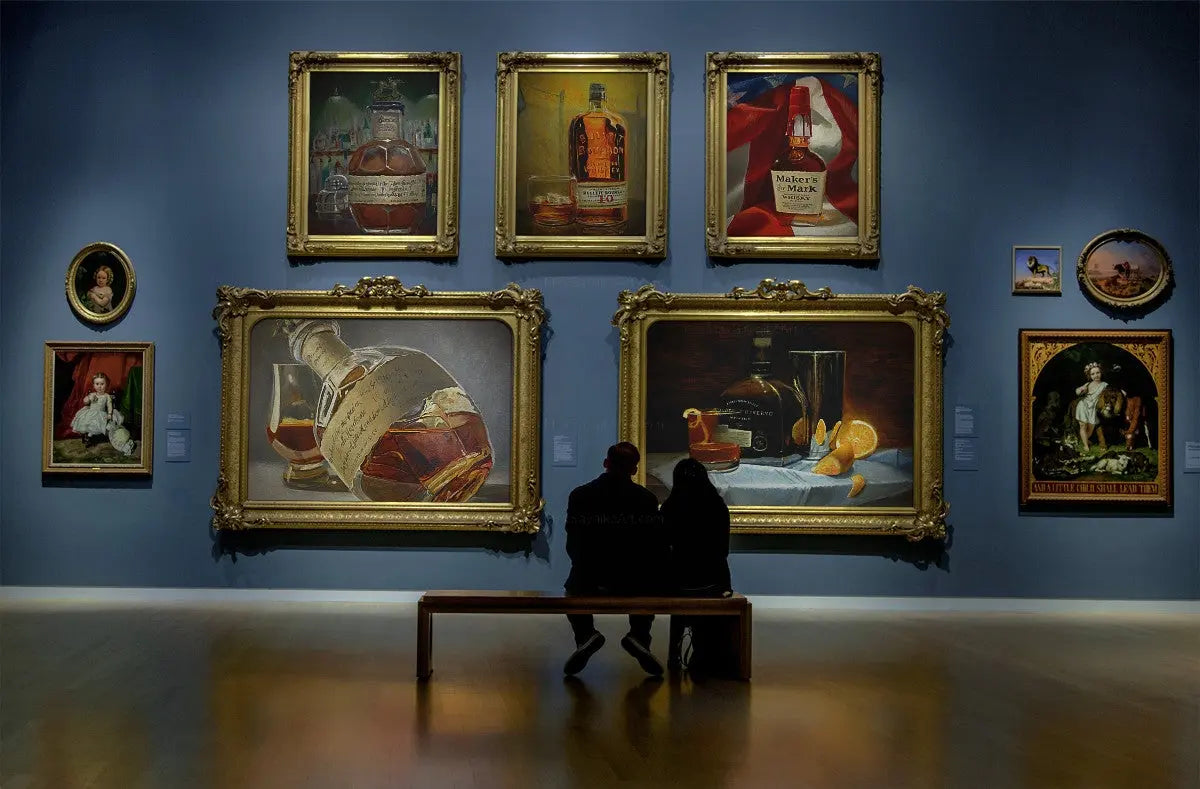Limited Edition: Discover Exclusive Bourbon Art Parts for Collectors
Limited Edition: Discover Exclusive Bourbon Art Parts for Collectors
Blog Article
The Importance of Whiskey Art in Celebrating Heritage and Workmanship in the Beverage Sector
The detailed relationship between bourbon art and the party of heritage and craftsmanship within the beverage industry can not be overemphasized. With thoughtfully created labels and containers, scotch brands envelop their historical roots and the artisanal skills that define their production approaches.
The Historic Roots of Whiskey
At the heart of whiskey's attraction exists a rich tapestry of historical roots that map back to ancient human beings. The origins of scotch can be connected to the purification techniques of the Sumerians and Babylonians around 2000 BCE, where early types of fermented grain drinks began to emerge. However, it remained in the Middle Ages that the art of distillation advanced significantly, especially in Ireland and Scotland, bring about the production of whiskey as we understand it today.
The term "whiskey" itself stems from the Gaelic word "uisce beatha," implying "water of life." This phrase emphasizes the cultural significance of whiskey in Celtic cultures, where it was often related to rituals, celebrations, and communal bonding. By the 15th century, distillation ended up being an identified craft within reclusive communities, leading the way for the establishment of legal distilleries.
As trade courses expanded, scotch's appeal grew, going beyond regional boundaries and capturing the passion of connoisseurs worldwide. Realism Art. This historical trip reflects not just the craftsmanship behind scotch manufacturing but also its essential duty in cultural and social contexts, marking it as a considerable beverage throughout history
Artistic Expression in Branding
Whiskey branding stands as an engaging intersection of virtuosity and business, where aesthetic identification plays a crucial duty fit customer assumption. The aesthetics of bourbon labels, packaging, and advertising and marketing materials mirror not only the brand name's tale yet additionally its core worths and heritage. With artistic expression, distilleries share a story that reverberates with customers, evoking feelings and triggering links.
Using shade, typography, and images in branding serves to distinguish products in a saturated market. For instance, standard motifs may evoke a feeling of authenticity and craftsmanship, while contemporary layouts can represent technology and forward-thinking. This calculated creative direction improves brand name recognition and loyalty, enabling customers to build an individual relationship with the whiskey they choose.
Additionally, artistic expression in branding typically works as an event of local heritage. Distilleries frequently include neighborhood icons or historical recommendations right into their layouts, developing a local color that invites customers to partake in a broader social experience. Inevitably, the virtuosity behind bourbon branding not only improves aesthetic appeal but also improves the total narrative of the brand, cultivating a much deeper admiration for the craftsmanship and heritage embedded in each container.
Craftsmanship in Container Style
The artistry obvious in bourbon branding expands past aesthetic identification to include the workmanship involved in bottle layout. Each container functions as a vessel not simply for the spirit within, but additionally for the story it tells regarding its custom, top quality, and beginning. The layout process requires meticulous focus to information, as elements such as closure, shape, and product add considerably to the total perception of the bourbon.
Workmanship in container design involves picking high-grade glass that can improve the scotch's color and clearness, while likewise giving a responsive experience for the customer. The shape of the container should be both cosmetically enticing and functional, commonly showing the heritage of the brand. Many distilleries choose distinct shapes or printed logo designs that stimulate a sense of authenticity and background.
Additionally, the tag layout and typography play a vital function in interacting the brand's story. Whiskey Art. A well-crafted container not only astounds the consumer's eye however likewise enhances the brand name's commitment to quality and tradition. This way, the craftsmanship of container layout ends up being a crucial facet of the whiskey experience, combining artistry with a profound regard for heritage
Social Importance of Bourbon Art
Commemorating tradition and workmanship, the social importance of whiskey art transcends mere aesthetic appeals, intertwining with the historical and social stories of the areas where it stems. Each bottle works as a canvas, showing the one-of-a-kind tales, mythology, and customs that have formed regional whiskey-making techniques. The intricate styles commonly show the heritage of the distillers, incorporating icons and motifs that resonate with the society and values of their communities.

Additionally, scotch art plays an important function in public gatherings and events, acting as a concrete link between people and their shared experiences. By valuing the artistry in scotch packaging, consumers cultivate a deeper understanding and respect for the craft, eventually enriching their satisfaction of the beverage itself.
Modern Trends in Whiskey Discussion
In the last few years, the discussion of scotch has actually advanced to show contemporary preferences and trends while still honoring traditional workmanship - Limited Edition. Distilleries are progressively concentrating on aesthetic elements that enhance the overall alcohol consumption experience, connecting the space in between heritage and modernity
Cutting-edge bottle layouts have arised, typically integrating sustainable materials and artistic labels that inform engaging tales. Many brands now team up with regional musicians, instilling their products with distinct aesthetic expressions that resonate with customers. Furthermore, limited-edition releases are typically packaged in collectible containers, useful source including worth and appeal for lovers.

Conclusion
In final thought, bourbon art serves as a crucial channel for sharing the heritage and workmanship inherent in the beverage industry. Through complex branding, ingenious bottle styles, and culturally considerable imaginative components, whiskey investigate this site brands efficiently honor their customs and connect with consumers.


Workmanship in container layout involves selecting high-quality glass that can boost the bourbon's color and quality, while also providing a tactile experience for the customer. In this method, the workmanship of bottle style ends up being a vital facet of the bourbon experience, merging artistry with an extensive respect for heritage.
In conclusion, bourbon art offers as an important conduit for sharing the heritage and workmanship use this link inherent in the drink market.
Report this page